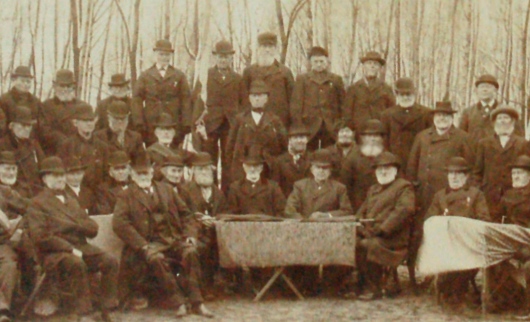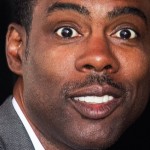
I have been reading a bunch of articles today on the legacy of John Howard Yoder (what his well-documented incidents of sexual harassment mean for how we interpret his theology). Lots of good important questions being asked, and many of them related to Slow Church. For those interested, I started here and was eventually led to this superb two-part article.
The most challenging question is: Does the slowness of Slow Church just serve to prop up existing power structures, such as patriarchy, whiteness and heterosexuality? Is this a dark side to Slow Church? Particularly, are the practices of conversation and discernment (central to Slow Church), little more than thinly-veiled efforts to kick the can, and not intentionally NOT address pressing concerns related to race, gender, sexuality, etc.?
After some reflection, my short answer to these questions is “No, I don’t think so.” But the story is, as usual, more complicated than this simple answer.
To examine these questions, however, I will begin with the question of identity. As Christians, our primary identity and allegiance is to follow Christ. All other facets of our identity (and I certainly recognize that there are indeed other facets) are secondary. Yes, these other facets do very much influence our understanding of what it means to follow Christ, but nevertheless following Christ is primary and race, gender, sexuality, nationality, etc are at most secondary factors. But what does it mean to follow Christ? The local church to which we belong is essential to our identity in Christ, as we are called to embody Christ together in a particular place. Our life together bears everyday witness – for better and for worse – of Christ to our neighbors.
If I read Willie Jennings’s work correctly, our Western inability to be a people in a place was a key factor in the formation of race as we know it today. I haven’t given it much thought, but I wonder if there is a similar connection between place and sexuality? (I’m sure that there are people out there writing about this… I’d love to know who they are and where to start with their work!) Staying in a place and finding our identity as part of Christ’s body there, will be our guide to knowing how to rightly and justly understand the vast diversity of human life – but especially the sorts of diversity that are inherent in the midst of our church community, and our neighborhood.
The local church, central to our understanding of Slow Church, is – I believe – where the primary discernments related to questions of gender, race, sexuality must be made (Are we going to ordain both women and men? Are we categorically denying any office or sacrament of the church to some group of people? Will we accept LBGTQ people as full members of our congregations; will we ordain or marry them?) We need to wrestle with these questions, deciding who we will be as a church community. Being in discernment on one or more of these questions is fine, but as a local church community, we have to live together day-by-day, so discernment can never be a permanent state of affairs, and efforts to silence people by appealing to discernment must be named as such. People may leave our congregations because of the decisions we make, and, if we handle that graciously, it is not necessarily a bad thing. We certainly should encourage commitment and stability within the local church community, but on the other hand, we cannot force anyone to stay.
As we make decisions about who we are as local congregations, we will have to work through the consequences of what those decisions mean for our relationships with our denomination or more informally with other churches. (And certainly these relationships will always haunt us as we make decisions about we will be.) We might face punitive measures, or be removed from our denomination, or force larger conversations, in which we might band with similarly-affiliated congregations.
It seems to me that there is a tendency to want to resolve these questions from the top down, that is, starting with denominational policy, and from there dictating the stance of all local congregations in that denomination. This seems to me, at least, to be its own kind of violence, and this is where my account gets complicated. Yes, it is probably true that discernment might well mean propping up existing – and often unjust – power structures at levels beyond the congregation (diocese, synod, district, region, denomination, etc.), but, as I described above, we are learning to imagine and embody new ways of being in our local congregations, and these new ways will – if we are attentive and persistent in our local identity – begin to shape the policy of larger church groups.
It is important to note that discerning our identity as local congregations, will ultimately impact the policy not only of our church institutions, but also of governmental and social institutions in which we are engaged. If our congregation decides to marry same-sex couples, for instance, (or if we choose not to do so) that will have sociopolitical ramifications for our neighborhoods and cities.
As Jesus’s parable of the log and the speck reminds us, it is very easy to see and denounce the violence of another, but much more difficult to see the violence inherent in our own theologies, policies and actions. A key facet of Slow Church is not only seeking that injustice be reconciled, but doing so in a way that is itself just and not inflicting further violence, and I believe that we learn reconciliation best when we do so in the context of real, embodied relationships of persons, not as abstract political issues (although they do have significance for real individuals and groups). Our politics must follow from who we are as communities that embody Christ, and not vice versa.
I’m mostly thinking out loud here… What do you think? Does this account give too much leeway to powers of whiteness, maleness, heterosexuality, etc?
















